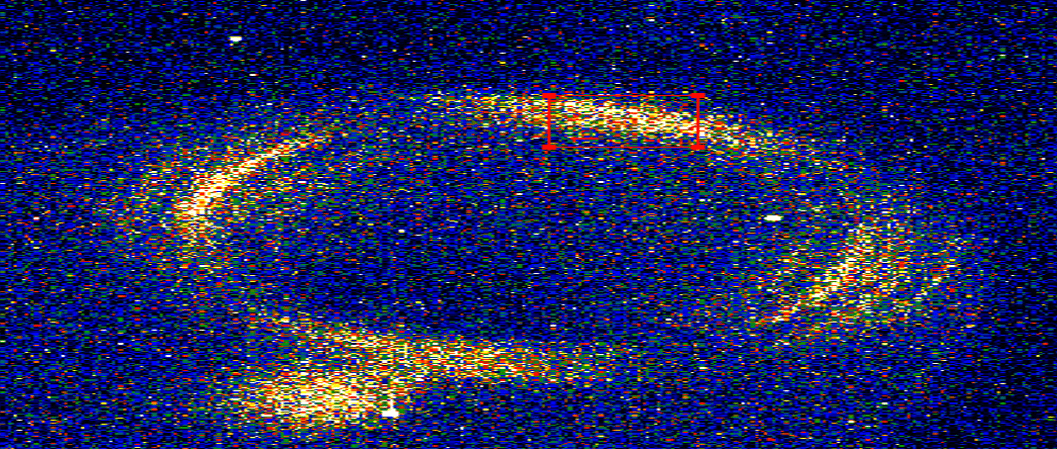COLLOQUIUM 2022
Towards Nonthermal Control of Quantum Materials by Light
| Speaker | Dr. Xinwei Li, California Institute of Technology, USA |
| Hosts | Anjan Soumyanarayanan, Lee Ching Hua |
| Date | Wed, 11 May @ 9–10 AM |
| Zoom registration link | https://nus-sg.zoom.us/webinar/register/WN_Y5Ob962rTsSG-xT0WKiPcg |
Abstract
I will survey recent advances in van der Waals heterostructures formed by stacking two layers of atomically thin materials such as graphene or transition metal dichalcogenides. When the two layers have a small lattice mismatch or rotational misalignment, a long-wavelength moire structure emerges and produces narrow minibands in the electron energy spectrum. Strong electron interaction effects in these minibands give rise to a remarkable variety of quantum states, including Mott/charge transfer insulators, Wigner crystals, and the quantum anomalous Hall state. I will introduce a theoretical description based on generalized Hubbard model to explain these diverse phenomena in a unified way.


Biography
Dr. Xinwei Li is a Troesh postdoctoral scholar in physics at the California Institute of Technology. He received his Bachelor’s degree in physics from Fudan University in 2014, and his Ph.D. in electrical engineering from Rice University in 2019. His research focuses on developing ultrafast optical techniques as a means for interrogating light-matter coupling in cavity polariton systems and creating unusual photo-induced phases of quantum materials. His contributions include fabrication of a Landau-polariton system that broke the world record for cooperativity, demonstration of Dicke cooperativity in quantum magnets, and realizing a terahertz gain medium using excitonic energy levels in photo-excited semiconductors. His most recent work has been devoted to dynamical tuning of the electronic and magnetic structures of correlated insulators by nonresonant laser-field driving.
